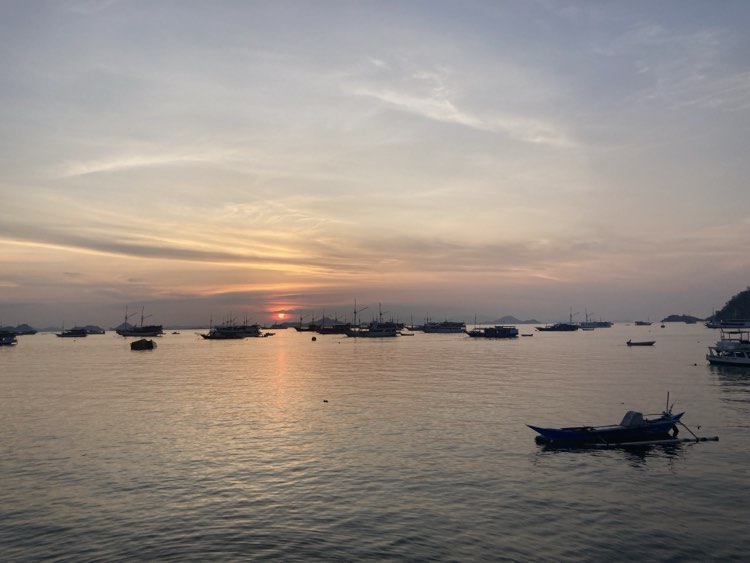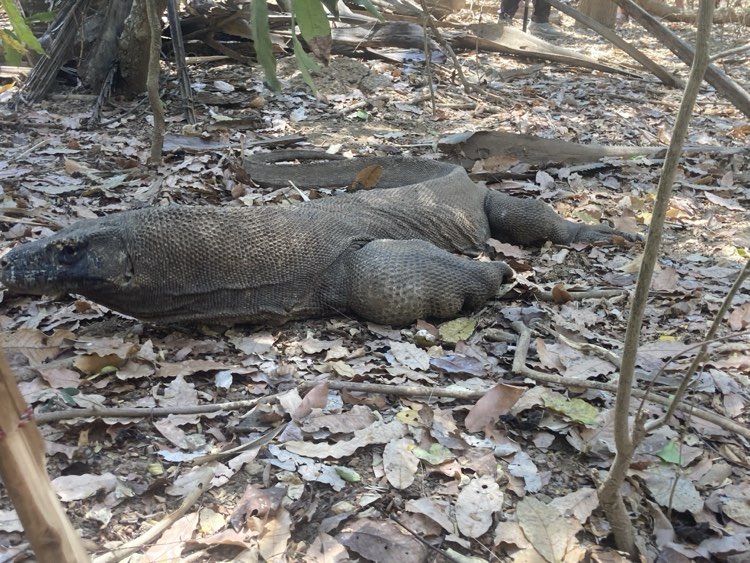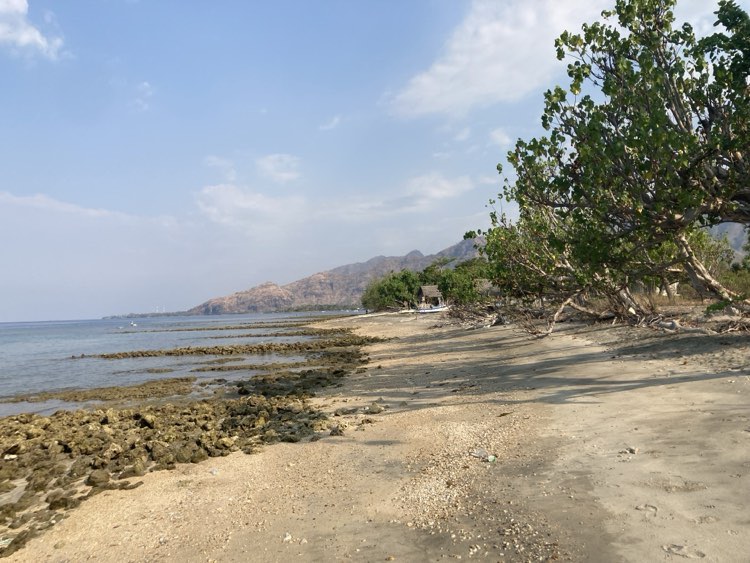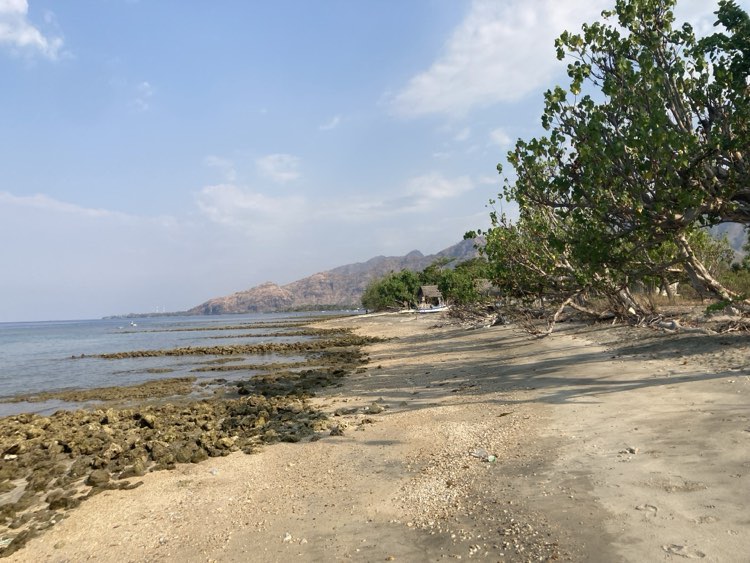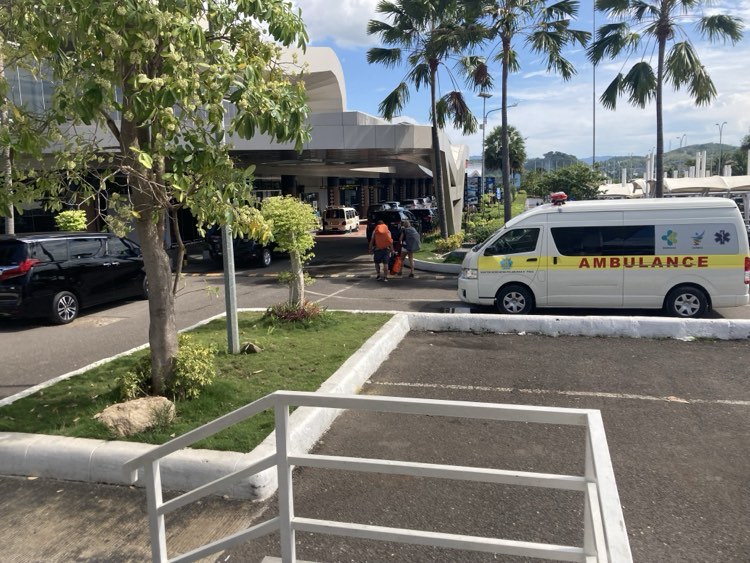Komodo Island Diving – The Ultimate Scuba Diver Guide For Komodo!
Nestled within the Indonesian archipelago, Komodo Island is not just a part of the UNESCO World Heritage Site, but a beacon for scuba diving enthusiasts worldwide. Known for its exceptional underwater diversity and breathtaking landscapes, Komodo offers a diving experience like no other. From vibrant coral reefs to the majestic manta rays, every dive here is an adventure into a world of unparalleled beauty.
Why Dive in Komodo Island?
Komodo Island sits at the heart of the Coral Triangle, the global center of marine biodiversity. This area is renowned for its wide variety of marine life, including an impressive population of manta rays, sea turtles, and many tropical fish species. Divers here are treated to a spectacle of nature, with every dive offering a unique interaction with these magnificent creatures.
If there is somewhere you have to dive, then it’s Komodo Island! That is also one of the reasons the nearby city Labuan Bajo is one of the top 5 projects for priority destinations in Indonesia.
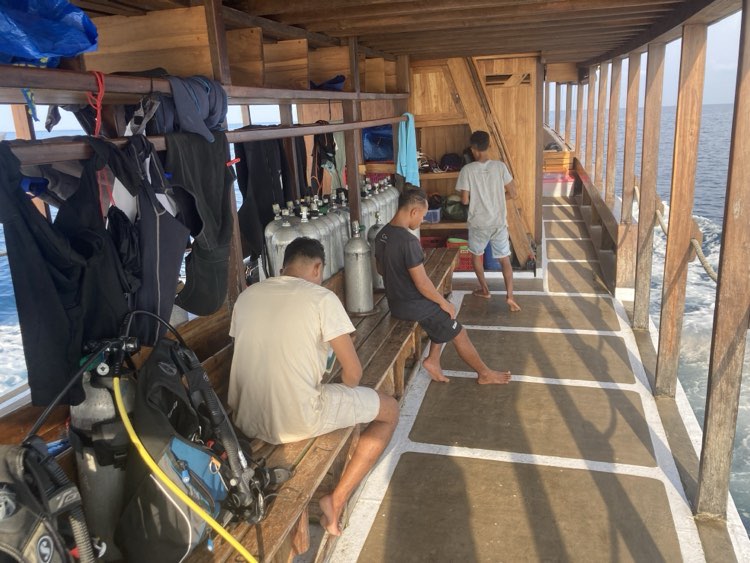
After realizing what kind of place I was at, and not seeing Manta Rays in my Komodo Island tour when snorkeling I decided to do my open water scuba diver license here. One of my best decisions ever!
Planning Your Trip: How to Get to Komodo Island
The journey to Komodo Island begins at Labuan Bajo, the gateway to this diving paradise. Easily accessible from Bali, Lombok, and Jakarta, Labuan Bajo offers a range of boat services to the island. We recommend planning your travel, especially during peak diving seasons, to ensure a smooth and enjoyable experience.
Exploring the Best Dive Sites in Komodo
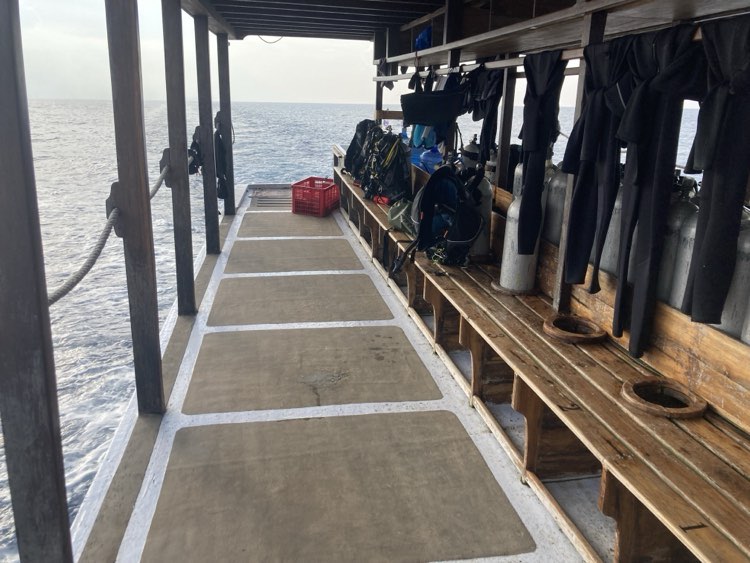
Komodo’s dive sites are diverse, catering to all levels of experience and preference. Let’s delve into some of the most renowned spots:
Crystal Bay: I went here because it was part of the Open Water Course. It’s also close to the more exciting Crystal Rock.
Cauldron: This spot is one of the most diverse. With everything from hunting sharks, frogfish, and Manta Rays! We dived down to 13,5 meters, 12 meters visibility, and the water temperature was 28 degrees.
Siaba Besar: This is a dive site with lots of corals! It’s good for all levels of divers, and it’s also good for snorkeling. We dived down to 17 meters, 15 meters visibility, and the water temperature was 28 degrees.
Manta Point (Makassar Reef): A hotspot for manta rays, where divers can observe these gentle giants in their natural habitat. This is where I was so lucky to dive with Manta Rays for the first time in my life! We dived down to 12,5 meters, 15 meters visibility, and the water temperature was 27 degrees.
Batu Bolong: A kaleidoscope of corals and marine life, offering a relatively gentle current and shallow depth, ideal for photographers. It has been ranked amongst the 10 best dive sites in the world! We dived down to 18 meters, 12 meters visibility, and the water temperature was 27 degrees.
Manta Spot and Batu Bolong were my two favorite dive spots!
Liveaboard vs. Day Trips: Choosing Your Diving Adventure
When diving in Komodo, you have the choice between live-aboard trips and day trips from Labuan Bajo. Liveaboards offer the convenience of waking up right at the dive sites, often allowing for more dives per day, including night dives. Day trips are a more budget-friendly option but limit the range and number of dive sites you can visit.
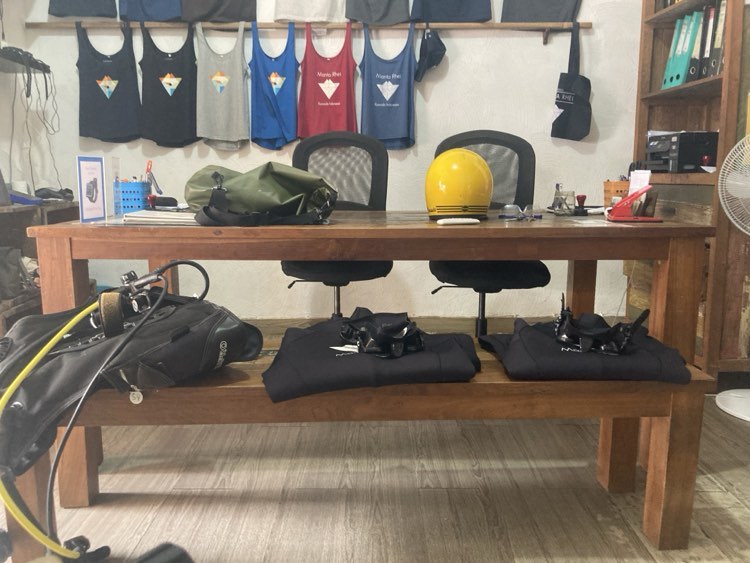
I went with Manta Rhei which is based in Labuan Bajo. They are very professional and it’s also with them I did my open water course, and I recommend doing it with them! The boat is also very nice. Plenty of food, waffles, snacks, soda, and water/coffee throughout the day. Super professional crew which I felt very safe with.
Encountering Marine Life: What to Expect Underwater
The waters of Komodo are teeming with life. Beyond the famed manta rays and sea turtles, divers can encounter dugongs, giant trevallies, sunfish (mola mola), white-tip reef sharks, and mesmerizing small creatures like the blue-ringed octopus and pygmy seahorse. Each dive here is an opportunity to witness the marine spectacle that Komodo is celebrated for.
Diving Conditions and Best Times to Dive
The best time to dive in Komodo is between April and November when visibility is at its best. The transitional months of April, May, September, and October offer a quieter diving experience. For manta ray sightings, December to February is ideal. Komodo’s diving conditions vary, but with the right planning, diving is possible year-round. During the rainy season, especially in December and January diving can be prohibited because of the weather according to originaldiving.com.
Safety and Preparations for Diving in Komodo
Safety is paramount in Komodo due to its strong currents. It’s essential to have the appropriate dive qualifications and experience. We also recommend securing dive insurance. Choosing a reputable dive center is key to ensuring a safe and memorable diving experience.
I can recommend Manta Rhei, but there are other top-rated dive centers around Labuan Bajo as well.
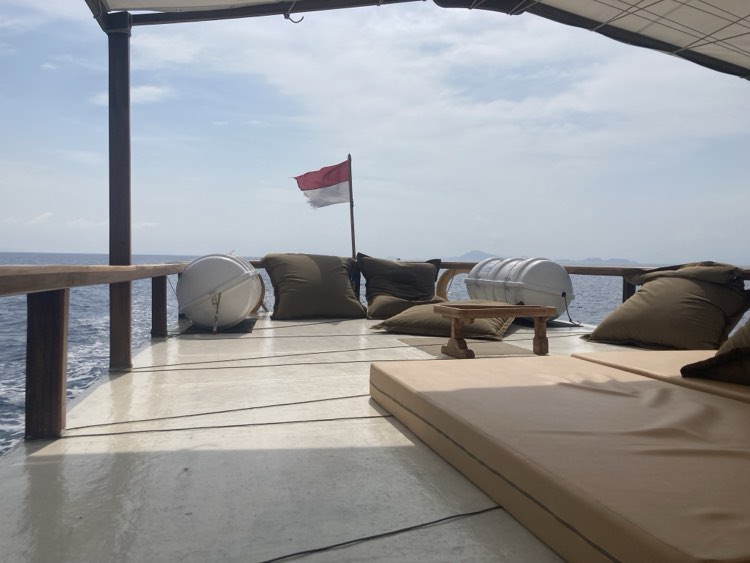
Recommended equipment includes a camera for underwater photography. It was after diving in Komodo I decided I had to buy a GoPro! So do it before or rent one if you are going!
If you go with a good dive center they will make sure you have, and that they have all the safety equipment needed.
Beyond Diving – Exploring Komodo National Park
Komodo is not just about underwater exploration. The island itself offers stunning landscapes, hiking opportunities, and encounters with the legendary Komodo dragons. We recommend balancing your diving adventure with some land-based exploration to fully experience the wonders of Komodo National Park.
Is Diving In Komodo Island National Park Worth It?
Making the Most of Your Komodo Diving Trip Komodo Island is a dream destination for divers, offering an experience that transcends the ordinary. Whether you’re an experienced diver or just beginning your underwater journey, Komodo has something spectacular to offer. We hope this guide assists you in planning an unforgettable diving trip to this magical Indonesian island.
So is it worth it? Absolutely!

